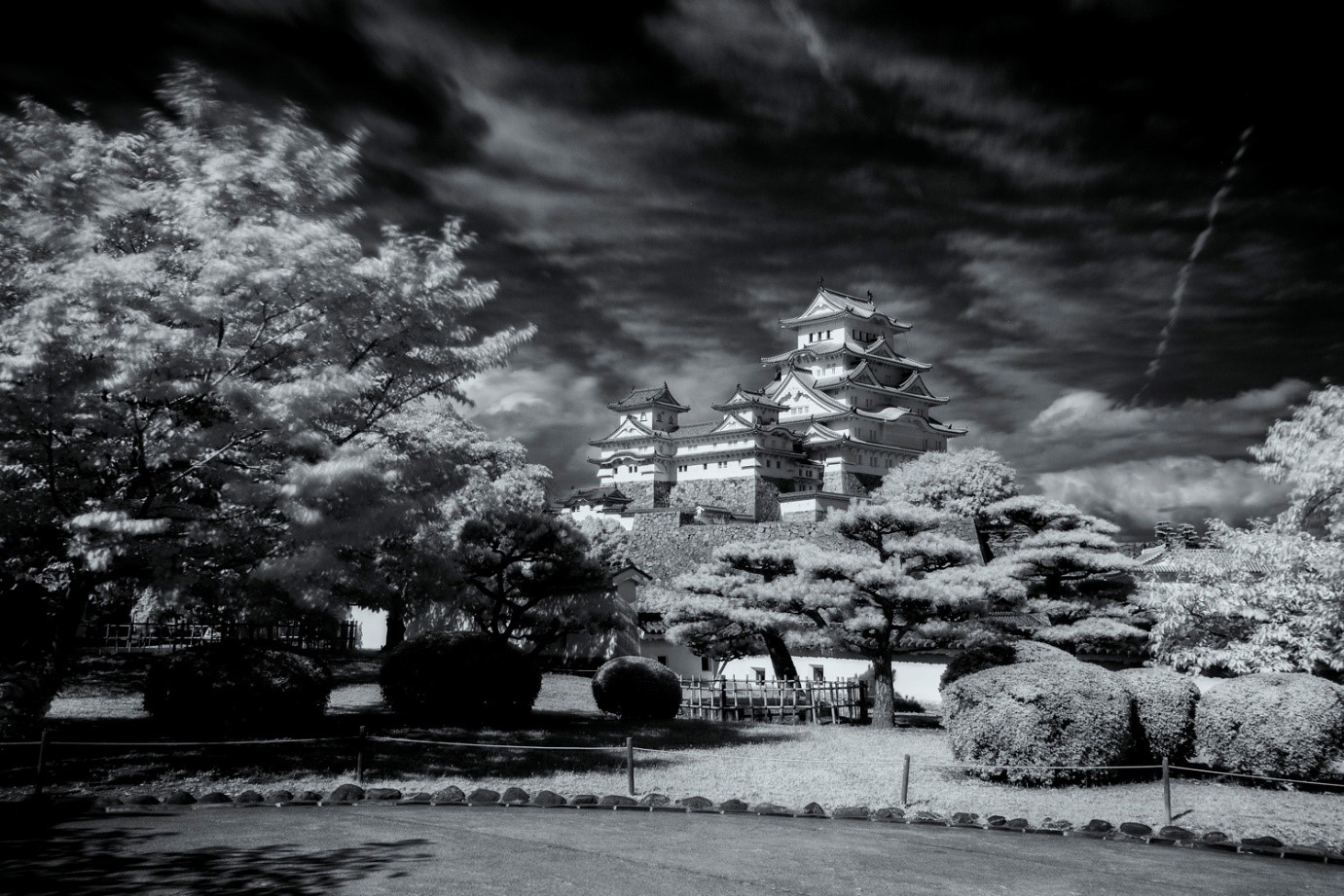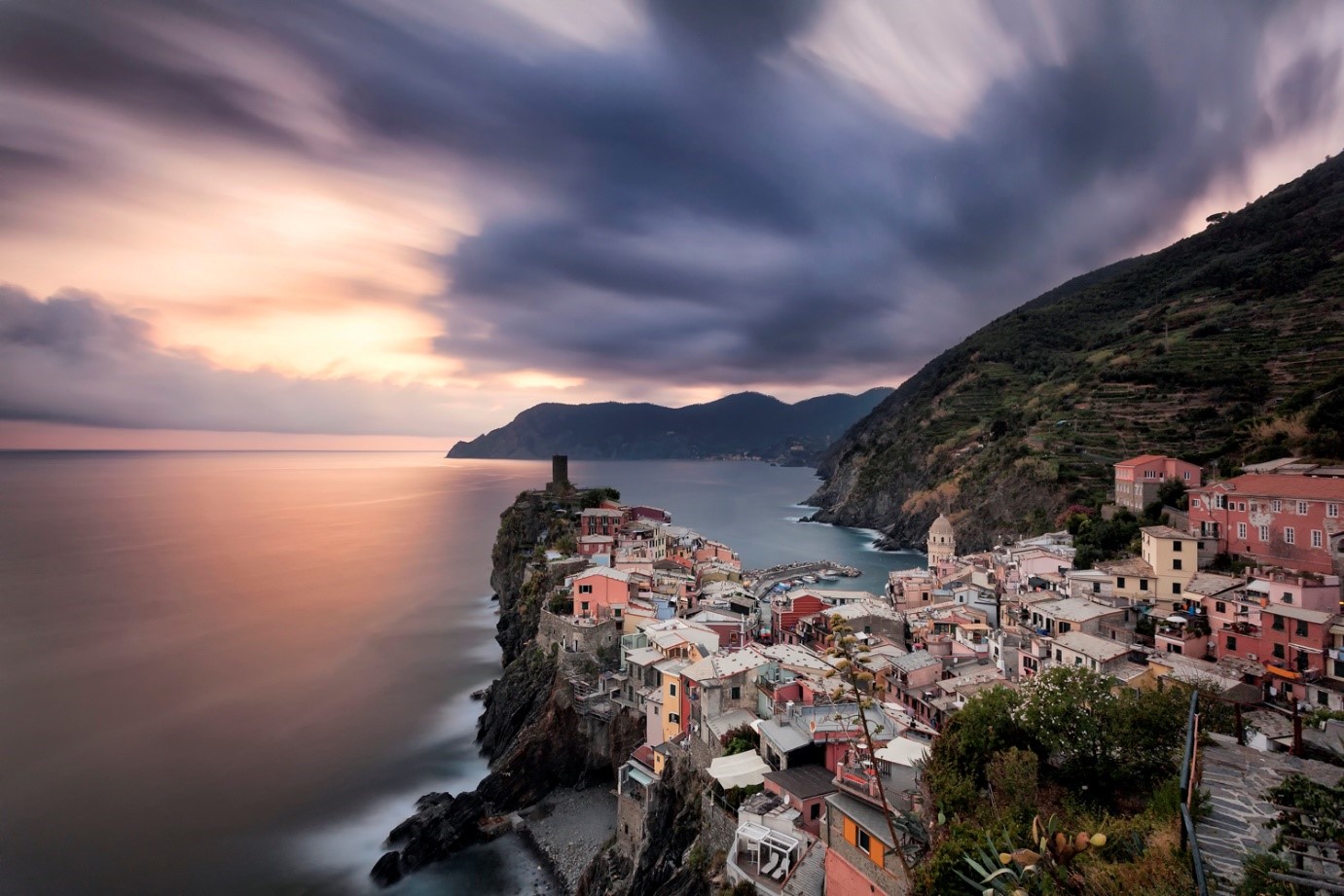How to Use Photography Filters for Amazing Long Exposure Landscapes
Submitted by Sounak Sarkar(Department of BCA,Batch:2017-2020)
University Roll No : 15201217019

One of the most competitive genres in photography is landscapes. In this article, you’ll learn how to add creativity to your landscapes by using filters. The use of filters will allow you to create masterpiece long exposure landscapes, and you’ll learn what’s needed to do this. So, read on and discover tips and tricks to get the best results.

What is long exposure photography?
One of the key settings on your camera is the ability to control the exposure length. If you’re new to photography, the chances are you’ll not have tried long exposures yet. You’ll need a tripod, but once you begin taking long exposure photos, the creative potential is massive.
Long exposure photos are those that last for over one second in length, and typically don’t last more than thirty seconds. There are some situations where even longer long exposures can be taken. These can last minutes. To take these photos, you need to use bulb mode on your camera.

How to use filters for long exposure landscapes?
The use of filters to produce these long exposure landscapes will increase your options. They allow you to take long exposure daytime photos (where there is lots of light), and, if you wish, even longer night time long exposures.
You can use different grades of filters to give you the ability to take photos of different exposure lengths. Of course, the time of day is a massive factor as well, with night time an easier time to take long exposures.
Filters you can use during the day
The filter you’ll need to use to take long exposure landscapes during the day is the ND filter. These are neutral density filters, which are abbreviated to ND filters.
These filters work by blocking out the amount of light that comes into the camera. They should do this without changing the colour tone of your image, which is why the filter is considered neutral. The strength of these filters range.

Weak ND filters
These are the ND2, ND4, and ND8 filters. They’re more often used with flash photography, but you can use them to extend exposure length during the day. In low light situations like under tree canopies, or as the evening draws in, using one of these filters may allow you to take a long exposure.
Circular Polarizer (CPL) filter
In a similar fashion to the weak ND filters, you can use a CPL filter in a low light situation to turn a half-second exposure to a one or two-second exposure. This can be long enough to dramatically change the nature of moving water during an exposure.

Strong ND filters
These filters are designed for longer exposures, the typical filters you can use are the ND110 and the ND1000. Filters like this will allow you to take exposures longer than five seconds or more even during the middle of the day.
Infrared filters
Infrared filters block out all light except infrared. The exact light they block comes with the name of the filter. The Hoya R72 filter blocks all light except the light of a wavelength of 720 nanometres. This translates to a filter that’s even stronger at blocking out light than the ND1000.
You will, of course, be taking an infrared photo, but this will then be a long exposure that can often be minutes long.
Filters you can use during the night
The need to use filters for night time long exposure is not as extreme.
You’ll almost certainly be able to carry out long exposures with no problem, except perhaps during the transition from day to night. Here, the filters you’ll likely use are the weak ND filters or the CPL filters, with the intention of turning a medium-length long exposure into a longer long exposure.
However, the need to use a strong ND filter can occur. This happens when you want an exposure that lasts several minutes. Usually, you would not take an exposure of this length, but in order to get cloud motion across the sky, this length of exposure can be needed.

How long to expose for?
The aim of adding a filter to the front of your lens is to lengthen the exposure. Learning the correct strength of filter, you need to apply is therefore important.
To know how strong the filter should be, you will need to decide what type of long exposure landscape you wish to take. The following is a list of photo types you could take during the daytime.
Silky water – An exposure of one second is long enough to produce the silk water effect at places like waterfalls.
Water motion – The motion of water and the length of exposure is a sliding scale. At half a second, it’s long enough to capture motion from waves going in and out at a beach. A longer exposure can then be used all the way up to the exposure length needed to flatten the sea. It’s not always desirable to completely flatten water, as some turbulence can look nice.
Flattening the sea – An exposure longer than ten seconds will be enough to flatten the sea.
Cloud motion on a calm day – With slow-moving clouds, an exposure of minutes will be required.
Cloud motion on a windy day – On a windy day, an exposure of over 15 seconds is likely to be long enough. However, you will need to experiment with the conditions you have on the day.
Time for long exposure landscapes!
The take-home message is to know how long an exposure you need, and use the correct filter on your lens to allow this length of exposure.
Do you enjoy long exposure photography, or are you yet to learn about the genre?
If you have examples of your work you would like to share, please share them in the comments section. These could be from your archives or images you take after reading this article. So, get out with your tripod, and create some long exposure magic!
